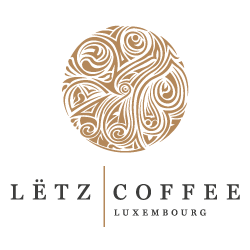No Products in the Cart

Species: Arabica | Variety: Ateng, Timtim | Process: Wet process (Mand. Grade 1) | Drying: Raised bed drying | Aromatic profile: Herbaceous, tropical fruits | Certifications: Fairtrade, Organic
It is no coincidence that members of the Koperasi Kopi Gayo Organik (KKGO) cooperative grow their coffees in the districts of Sabun, Atu Lintang, Jagong and Bergendal: these four districts are known for producing some of the best quality coffee in Aceh province, in the far north of Sumatra.
The wet method ( Wet Hulled )
The wet hulled method, or giling basah , is used almost exclusively in Indonesia. It is this preparation method that gives Sumatran coffees their distinctive taste. The bean is pulped and fermented for a few hours. Then, while it still contains a high moisture content, the parchment is removed before drying. This process produces a less acidic cup and develops the earthy aromas.
Sumatra Island and Coffee Production
Sumatran farms are small, ranging from 0.5 to 2.5 hectares. Coffee is the main crop, but between harvest times, farmers also grow vegetables, potatoes, and fruit, helping to meet their families' food needs. In addition to growing coffee, many smallholders also work as laborers on nearby tea plantations: indeed, tea represents another important part of the region's culture. Once the cherry harvest is complete, coffee growers go out to pick the tea leaves. Increasingly, Sumatran farmers are organizing themselves into cooperatives, which allows them to share resources, train, and negotiate better prices.
The Koperasi Kopi Gayo Organik cooperative
The cooperative has over 1,435 producers who, between coffee harvests, cultivate tamarillos, leucenas, and orange trees. These shrubs, in addition to their fruit, provide shade for the coffee trees.
To be informed of our latest news, leave us your email address. You will also receive a 10% discount on your next coffee order.

